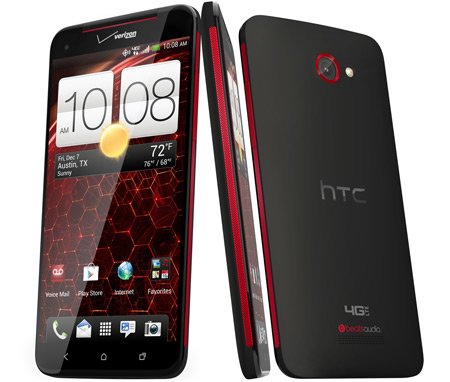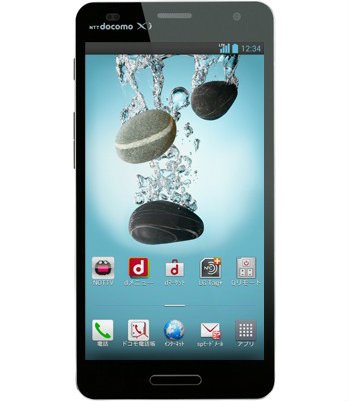HTC Droid DNA vs. LG Optimus G Pro
We’ve got another battle on our hands today: HTC Droid DNA versus LG Optimus G Pro. This post will explore the pros and cons these two gadget have. Based on this, you will decide, in the end, which way the balance tips.
The design
Droid DNA will look extra large compared to other models from this manufacturer. However, even if it has the bigger dimensions, it still weighs a lot less compared to LG’s Optimus G. Which, by the way, shares the same exterior as another model made by this company.
The display that’s used by the Droid DNA is a 5″ one with 441 dpi; this means that the quality is superb on all accounts. The resolution of 1920 x 1080 pixels also contributes to this effect. The touchscreen sported by the Optimus G Pro looks like this: 5.5″ with 1920 x 1080 pixels. Everything will look great on it, too. However, the battle of crispness is won by HTC’s handset.
The keyboards
Moving on, let’s see how typing goes. Both on-screen keyboards packed by these smartphones delivered the same great performance. We could write messages, look stuff up on the Internet and such with great speed and accuracy.
The operating system used by the Optimus G Pro is Android 4.1 Jelly Bean; the user interface is something which LG themselves created and used for their Optimus G model, only this time around we’re talking about an improved version. The problems that the previous version had are all a thing of the past; you will finally get to experience of recording at the same time with the both cameras and other important features. The Droid DNA ships with the same kind of OS; however, its UI is HTC Sense 4+. We didn’t run into any problems with these UIs.
The CPU
If you’re wondering what kind of processor each of these phones uses, here you go: HTC’s Droid DNA boasts a 1.5GHz Qualcomm Snapdragon S4 Pro, while the Optimus G Pro comes with a 1.7 Qualcomm Snapdragon 600 chipset. Our tests showed us that the speed of the latter was far superior to what the S4 Pro CPU could handle. We were able to multitask like a charm with the Optimus G Pro; not that we couldn’t do the same with the Droid DNA, it was just that we experienced one or two moments of freezing in the middle of things.
The internal storage
Internal storage can be summed up like this: 32 GB and a microSD card slot on the LG beast and only 16 GB minus a microSD card slot on the HTC handset. However, the two phones offer the same RAM: 2 GB.
As for graphics processor unit, the Optimus G Pro has an overclocked Adreno 320 GPU; its rival specializes in a standard Adreno 320 graphics processor unit.
The battery
When we had a look at the batteries which were installed on the smartphones, we noticed the following:
[sc name=”banner-jos”]
- the unit on the Optimus G Pro was a 3140 mAh that was very easy to take out;
- the battery on HTC’s Droid DNA could not be removed and it was a 2020 mAh.
But on the whole, both of them managed to last a day with moderate use.
The cameras that are available on these devices are different in terms of megapixels. While the LG model comes with 13MP main cam and a 2.1MP secondary one, the Droid DNA has an 8-megapixel front camera and a 2.1-megapixel one on its back. The LED flash on both of them as well as other features and settings will help you snap good-looking pics. Videos will also turn out well.
Conclusion
In a nutshell: the HTC Droid DNA and the LG Optimus G Pro will cater to different categories of consumers. Read the above and find your own soulmate.





